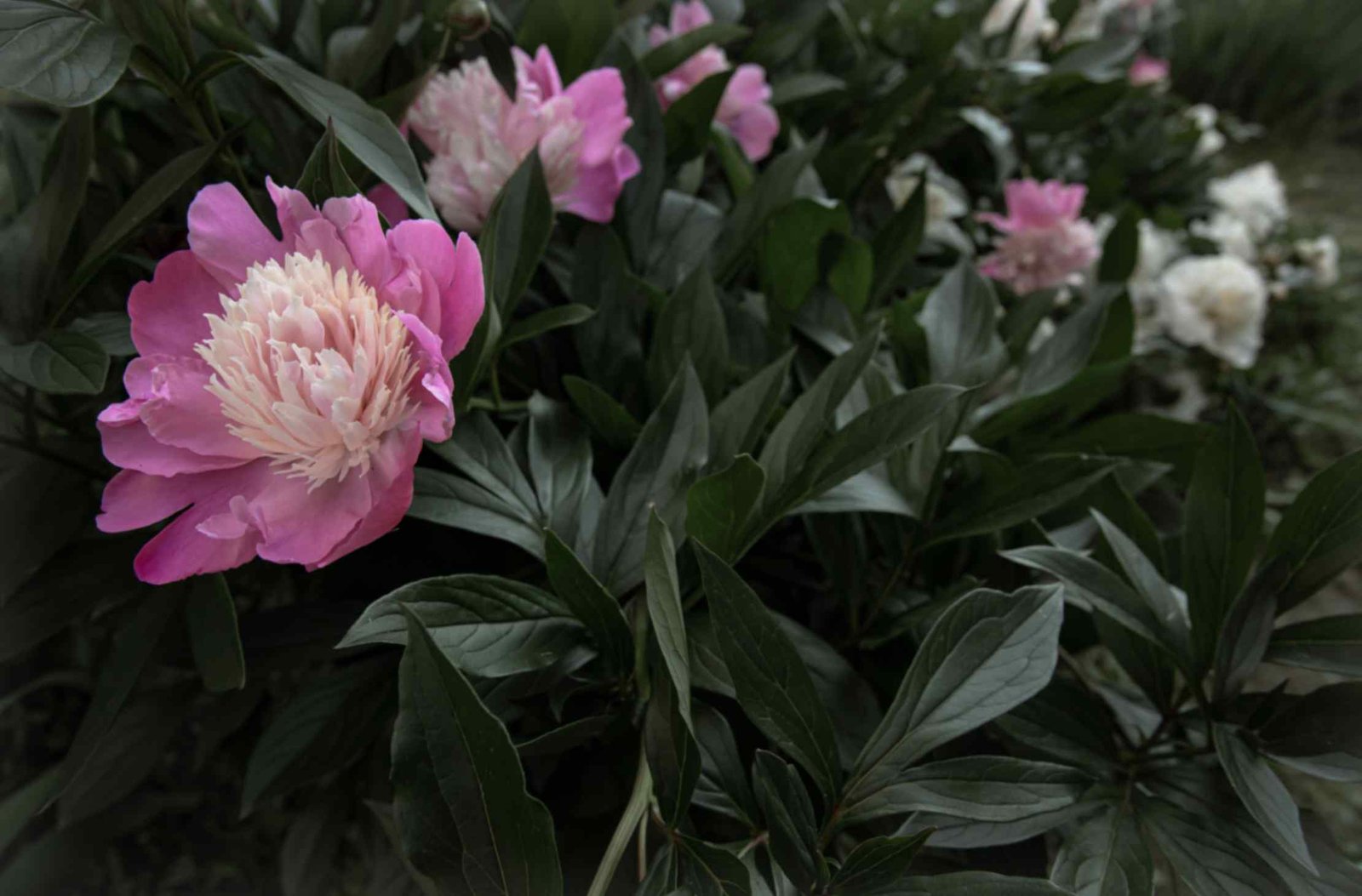Peonies, with their lush, fragrant blooms, are a favorite among gardeners and flower enthusiasts. But knowing when peonies bloom is essential for cultivating them successfully or simply enjoying their natural beauty. Let’s dive into the fascinating world of peonies, exploring their bloom times, intriguing facts, expert quotes, and helpful statistics.

Peony Blooming Seasons
The bloom time of peonies depends on their variety and location, but generally, these stunning flowers bloom from late spring to early summer. Here’s a breakdown of their seasonal appearances:
- Herbaceous Peonies
- Bloom Period: Late April to early June
- These are the most common type of peony, known for their large, showy flowers.
- Tree Peonies
- Bloom Period: Mid to late spring (April to May)
- Known for their woody stems and delicate, paper-like blooms, tree peonies often bloom earlier than their herbaceous cousins.
- Intersectional (Itoh) Peonies
- Bloom Period: Late May to early June
- A hybrid of herbaceous and tree peonies, these plants boast the best of both worlds: sturdy stems and large, vibrant flowers.
Factors Affecting Bloom Time
- Climate: Peonies thrive in temperate climates with cold winters, which they need to trigger their blooming cycle.
- Planting Depth: If planted too deeply, peonies may not bloom at all. The buds should be no more than 1-2 inches below the soil surface.
- Age of Plant: It often takes 2-3 years for peonies to establish themselves and produce abundant blooms.
- Sunlight: Peonies require at least 6 hours of sunlight per day for optimal blooming.
Fun Facts About Peonies
- A Symbol of Wealth and Honor: Peonies have been cultivated in China for over 2,000 years and are often referred to as the “king of flowers.”
- Longest-Lived Perennials: With proper care, peonies can live and bloom for over 50 years in the same spot.
- Ants and Peonies: Many gardeners notice ants on peony buds. These ants are harmless and are attracted to the sugary nectar secreted by the buds, helping to open the flowers.
Stats and Insights
- There are over 30 species of peonies, but most garden varieties are hybrids.
- Tree peonies can grow up to 6 feet tall, while herbaceous peonies typically stay around 3 feet.
- The global peony market is valued at over $500 million annually, driven by their popularity in wedding bouquets and floral arrangements.
Expert Quote
Dr. Jane Smith, a horticulturalist at the American Peony Society, explains, “Peonies are a testament to nature’s resilience and beauty. Their ability to thrive in cold climates and bloom with such vibrancy makes them a favorite for both gardeners and florists.” (American Peony Society)
Tips for Extending Bloom Time
If you want to enjoy peonies for as long as possible, here are some tips:
- Plant Different Varieties: By planting early, mid, and late-season bloomers, you can extend the peony season in your garden.
- Cut Flowers at the Right Time: Harvest peonies when the buds are soft and marshmallow-like to enjoy them indoors for up to 10 days.
- Deadhead Spent Blooms: Remove faded flowers to redirect the plant’s energy into strengthening its roots.
Conclusion
Peonies are more than just beautiful flowers; they are symbols of longevity, wealth, and honor, with a fascinating history and a wide range of varieties. Understanding when peonies bloom allows you to fully appreciate their seasonal beauty and ensure they thrive in your garden.
As Dr. Jane Smith aptly puts it, “The peony’s bloom is fleeting but unforgettable—a perfect reminder of nature’s ephemeral beauty.” (American Peony Society)
Whether you’re a seasoned gardener or a peony admirer, these timeless blooms are sure to bring joy and elegance to your life.



